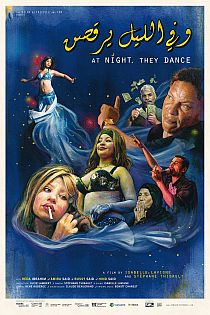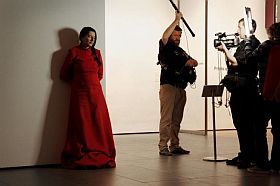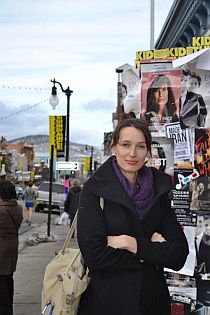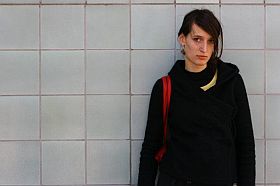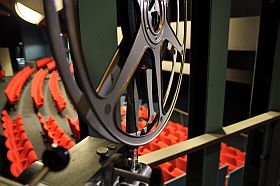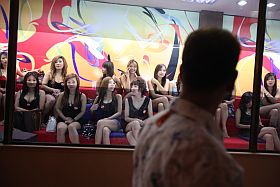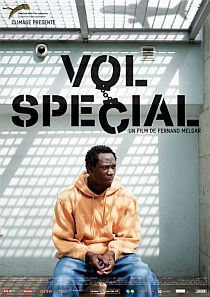When I finally got to Park City it was sunny, white and very cold. It was the 22nd of January, Sunday and I suddenly realized that I came too late.
But let’s begin where it all started. Along with the Sundance Film Festival arriving in Park City so did a snowstorm. After many cars got stuck on a highway, roads were finally closed and many people were forced to head back to Salt Lake City and overnight there.
However, the stormy weather did not seem to bother them that much. Broadway theaters in Salt Lake City were full; people had to wait at least one hour to get their tickets but still were very enthusiastic.
Waiting
I have heard about long queues at Sundance before, but reality hit me when I finally got to the Box office in Park City. Ticket packages were sold out way before festival started and open tickets to films were already taken during the first days of the festival. The only way to see films were to go to the venues 2 hours before the screening, pick up a waiting ticket and then come back no later than 30 minutes before the screening hoping to be lucky to get in.
There are a lot of interesting hidden things behind this whole Waiting list idea. First of all, theaters are highly spread in the Park City, so the distances from one theater to another can be up to 30 minutes walking or even more. There were shuttle buses but you never knew how long it would take you to leave the theater and come back. Therefore most of people would come to a theater 2 hours prior to the screening and would stay there.
Theater venues are far away from the ones in Europe. For example Theater MARC stands for Municipal Athletic & Recreation Center. What I am trying to say is that for 2 hours you were stuck not in a nice waiting lounge with small tables drinking café latte, but in a huge tennis cord sitting on the floor and watching people on the first floor running laps.
Pass holders would be the ones to come last and get in first. Then it was the turn of the ticket holders and only when everybody would be seated, people with waiting tickets had a possibility to buy a ticket to the film. Sometimes 10 people would get lucky, sometimes 55… you could never know. The only thing you could do, was to wait.
During the week people started talking and more or less everybody knew which films had better chances to win. That meant that if you wanted to see one of the ‘better’ movies you had to come to a venue 3 hours before the screening, because there would be already around 50 people waiting in a line when staff members would start giving out the waiting tickets 2 hours prior to the screening.
I must admit that it was rather tiring experience but very funny at the same time. People were extremely friendly, talkative and helpful. I would talk and discuss movies all the time, but I guess majority had a slightly different agenda.
Networking
When I looked again in my binder where I saved all the papers from Sundance, I was amazed how many business cards I have had collected in one week. I have no idea who Scott, John or Andrew is and it is not because I wouldn’t be interested in people when I met them. On the contrary, I am very curious in general. It just looks like that many people came to Sundance to give away as many business cards as possible. After the magical sentence: ‘I am from Europe’ almost in all cases a person would start looking for their business card immediately. Please don’t get me wrong; I don’t have anything against networking. I just noticed that during the Sundance it was so important that when I would start discussing one or another particular film, people would start looking for another ‘victim’ to introduce him/ or herself.
Superstars and Goodie Bags
Park City has only one Main Street. This street is full of shops, restaurants, bars, cafes etc. I met many people who said that they came to Park city not to watch movies, but to walk around, meet some famous people and to shop. However, ‘to shop’ is not the right word to use in this case. People were keener on getting things for free. Main Street offered everything: free coffee, free lunch, free mugs, free water bottles, free ice cream, free drinks- you name it. Parties began at 10 in the morning and ended late after midnight. During these parties I met filmmakers, producers, actors and other celebrities and could finally talk about films!
By getting up every morning no later than 7 o’clock and going to sleep around 3 o’clock in the night I managed to see a lot of documentaries and I will share my personal opinion about them as well as info Behind the Scenes with pleasure.
Photo: Juste at Sundance (Abra Cohen)




